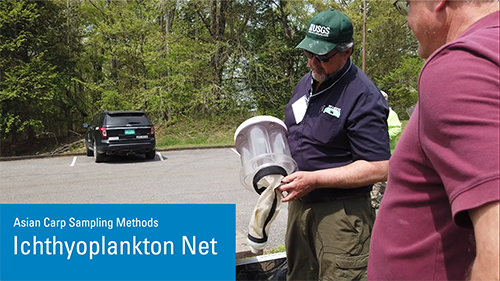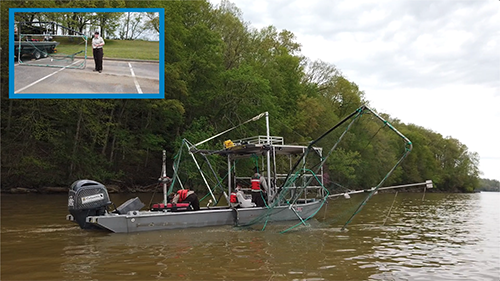World waterspout record set over Great Lakes, researchers say
At least 88 waterspouts or funnels were spotted across the Great Lakes this week, setting a new world record, according to the International Centre for Waterspout Research. Read the full story by CTV News.
Great Lakes Commission
https://www.glc.org/dailynews/20200821-waterspout-record













